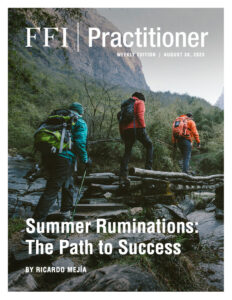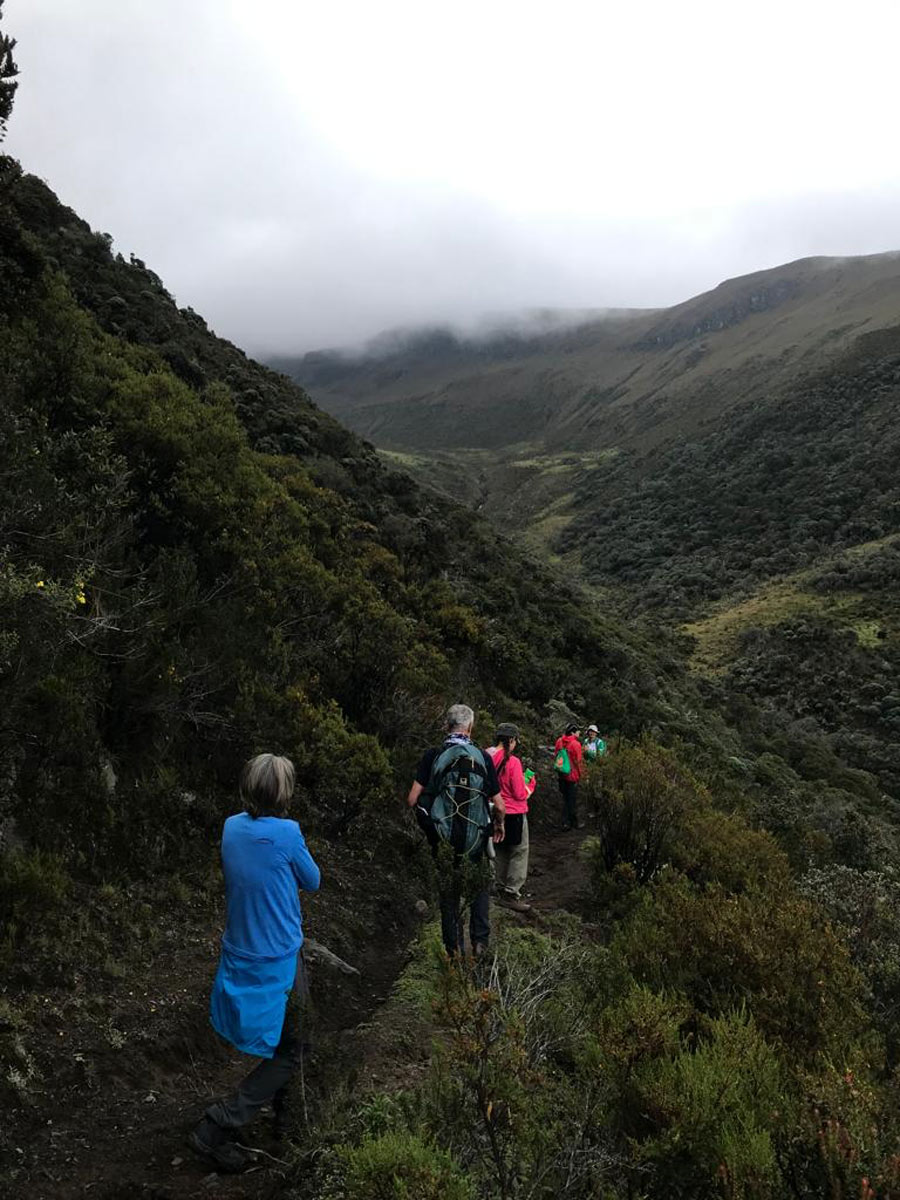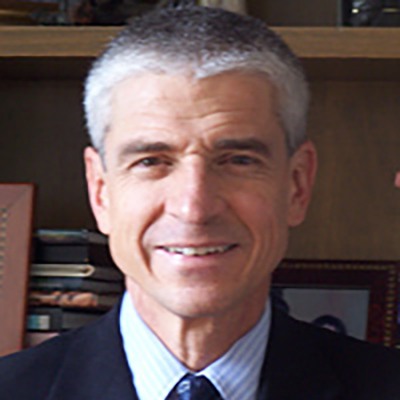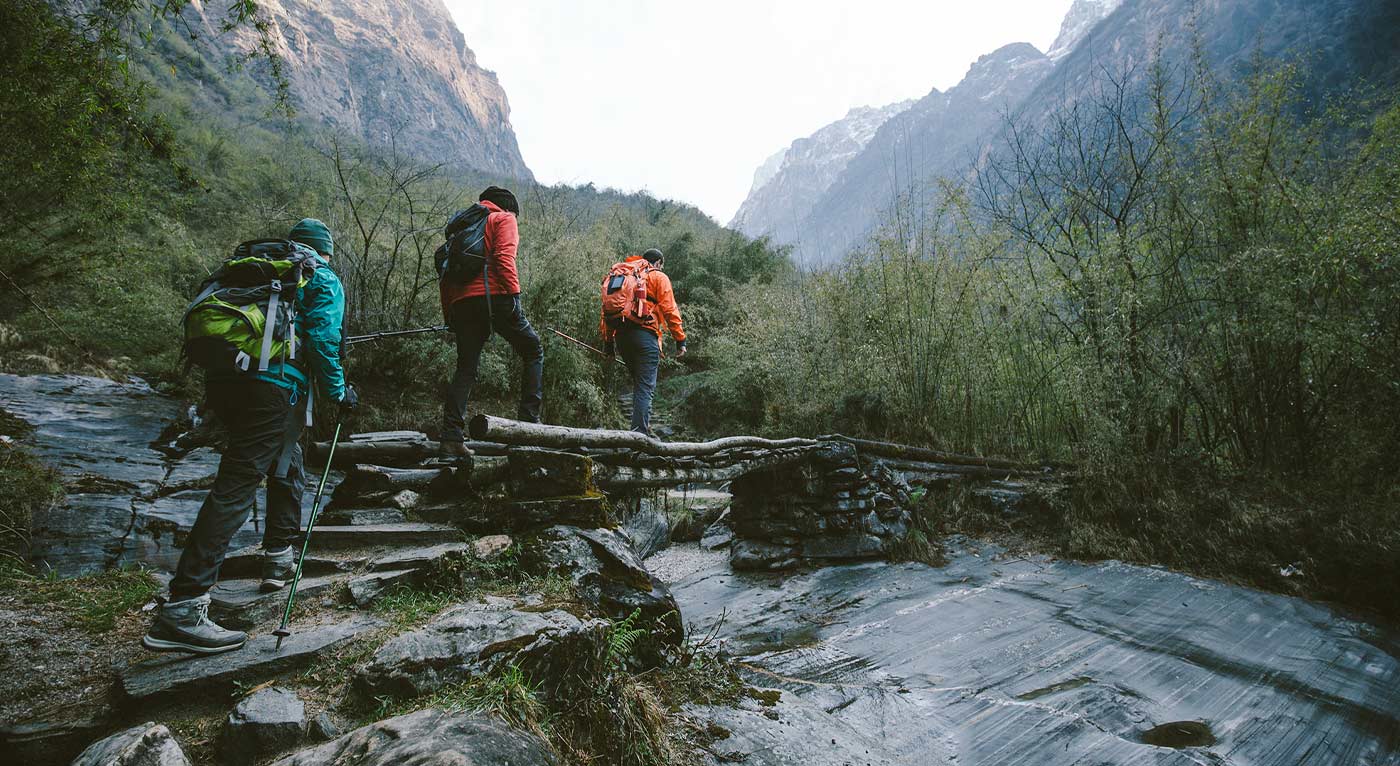
View this edition in our enhanced digital edition format with supporting visual insight and information.
In this week’s edition of FFI Practitioner, Ricardo Mejia shares his ruminations about the benefits of walking in nature to unleash creativity. In his article, Ricardo shares several examples of accomplished artists and entrepreneurs who have sought inspiration from nature walks and then shares the possible applications for family enterprise clients.
Ludwig van Beethoven would work on his compositions in the morning, and after lunch he would go for long walks in the woods around Vienna to relax and seek inspiration. The practice worked well: although his deafness was beginning to show, Symphony No. 6, “Pastoral,” was inspired by the music of the wind through the trees and the songs of birds. Walter Isaacson recounts in his biography of Steve Jobs how long walks were part of his creative habit. Not only Beethoven and Jobs,1 but also Darwin, Nietzsche, Dickens, and many other great creative people have found inspiration walking outdoors, through forests and streams.2
Steve Jobs was called back to save Apple twelve years after he had been fired. Upon his return, the first thing he did was request the resignation of the entire board of directors. Among these dismissed directors was Mike Markkula, who, when Jobs was still working out of his adoptive parents’ garage, believed in him and became the third investor.3 Markkula had been like a father to him, and now Jobs wanted him out. Jobs went to Markkula’s house and invited him for a walk.
“Jobs told me that Apple needed a big transformation and that it was necessary to invite to the board people with new skills and visions, to help him think and implement the big changes that Apple needed.” Markkula agreed and replied: “Apple must venture into new devices and make consumers fall in love. Like a butterfly does, Apple has to undergo a metamorphosis.” Such a delicate and difficult conversation, in the friendly and relaxed atmosphere of the walk, turned into a positive and objective dialogue.4
The most important five years of Alexander von Humboldt’s life were walking through the Andes in South America and the Mexican plateau. During these walks, he discovered the interconnection of all natural phenomena.5 Thanks to his keen observation of the plains, rivers, mountains, vegetation, flora, and fauna on his long walks, he was able to formulate the first theory of climate change. Walking excited and inspired his unstoppable imagination.
The Last Tear (“La última lágrima”) is the name of Pedro Nel’s bar, located in front of the gates of Salamina´s cemetery, one of the most picturesque villages in the coffee-growing mountains of Colombia. The aged rum there has a special flavor, possibly because of the friendliness and stories of the owner, or perhaps because one could imagine that it is closer to heaven. But Pedro Nel, in addition to managing the bar, fulfills a “quasi-notarial” task: recording the name, date, and age of each deceased villager. He can certify better than the police that in Salamina in recent years there have been no deaths due to violence and that the annual rate has stabilized at about 100 deaths a year. His notebook with all his records is meticulously preserved. One tradition that has emerged in Salamina is that mourners, upon returning from the painful farewell of their loved ones, exchange their “last tear” for the deceased for a drink of aged rum or anise aguardiente, both famous drinks in the renowned bar.

Ricardo´s family walking down from the 17,000-thousand-foot peak “Paramillo del Quindio” in Colombia
Pedro Nel accompanied my family on the first stage of the journey from Salamina to Sonsón, a four -day walk along the royal paths that the Spanish built during the conquest, many of which are still in good condition. Although he was 75, he climbed the Alto del Herrero, along the Camino Real, bordering the San Lorenzo River, in an ascent of 10 km and 1,200 meters of unevenness, at a speed that neither my children nor I were able to follow. I asked him, “How do you manage, staying up all night in the bar and drinking a few rums every day, to be in such a fit condition at 75 years of age?” He replied, “Walking in the mountains refreshes my spirit, feeds my soul, and rejuvenates my body.”
Family Business Implications
Many studies confirm that people increase their capacity for attention and creativity when they perform activities in middle of nature. When working teams connect with nature, they are freed from the tension caused by the problems of daily work and routine.
When a team of coworkers summits a mountain and builds a fire to beat the cold or cook food, this group will naturally rely on those with knowledge of the outdoors and who demonstrate better outdoor survival skills. In such a situation, the rigid hierarchies and subordinations present in the office can disappear. It changes the way the group communicates, opening new spaces for dialogue, collaboration, and learning.
“We were extremely busy and I didn’t understand my group’s insistence on going for a walk through a forest. I accepted a bit grumpily. Once we were all together, trying hard to keep up, the dialogue became more fluid, without prevention and the conversation began to flow in a relaxed manner. I was amazed at the camaraderie in the team, something that was not easily achieved in the office,” declared a high executive to a McKinsey researcher, who wrote with some colleagues the paper (Extremely) out of office: Let nature boost your team’s creativity and performance.6
A strategic discussion, the definition of the company’s goals, or a discussion to solve a conflict, may be more effective if it takes place outdoors, especially after the group has performed a physical activity with some effort.
Frequently, boards of directors can fall into monotony, neglecting their creative abilities that can help them achieve one of their main functions—working with management on strategic issues. Boards should program activities that take them out of everyday life, that foster an environment of frank and open discussion on complex and important strategic topics. A good walk and some sweat could open their eyes.
In family businesses, emotionality and tensions can prevent businesses from prospering. For example, the members of the family council, an institution that can play a fundamental role in promoting family unity and managing family conflicts, would benefit enormously from engaging in recreational activities outdoors.
Scientists have found that when the individual concentrates on solving problems, making decisions, analyzing intermittent information such as emails, or handling applications, the brain works at a frequency of waves which range from 15 to 40 cycles per second, an active state.7 But when the individual is in the middle of a forest and without technological gadgets, his brain works at 8 to 14 cycles per second,8 reducing tension and anxiety and entering a relaxed and creative state.
For these reasons (and many others), walking in the middle of nature, be it alone, with family, or with a working team, may be the best method to finding the path to success.
References
1 Dowden, C. (2014, December 12). Steve Jobs was right about walking. Financial Post. https://financialpost.com/executive/c-suite/steve-jobs-was-right-about-walking
2 Oppezzo, M., & Schwartz, D.L. (2014). Give Your Ideas Some Legs: The Positive Effect of Walking on Creative Thinking. Journal of Experimental Psychology: Learning, Memory, and Cognition, 40(4), 1142-1152. https://doi.org/10.1037/a0036577. Accessed 2023, August 22, via https://www.apa.org/pubs/journals/releases/xlm-a0036577.pdf
3 Markoff, J. (1997, September 1). An ‘Unknown’ Co-Founder Leaves After 20 Years of Glory and Turmoil. The New York Times. https://www.nytimes.com/1997/09/01/business/an-unknown-co-founder-leaves-after-20-years-of-glory-and-turmoil.html
4 Isaacson, W. (2011). Steve Jobs. Simon & Schuster. pp. 319-320. Retrieved August 28 2023 from https://ebook.3m.com/library/BCPL-document_id-bmnokz9
5 Tarnow, A. (2019, July 19). A naturalist figured out climate change in 1799. The world forgot him. The Christian Science Monitor. https://www.csmonitor.com/Books/2019/0719/A-naturalist-figured-out-climate-change-in-1799.-The-world-forgot-him
6 Campbell, F., Gast, A., Morton, K., & Tonies, F. (2022, November 18). (Extremely) out of office: Let nature boost your team’s creativity and performance. McKinsey & Company. https://www.mckinsey.com/capabilities/people-and-organizational-performance/our-insights/extremely-out-of-office-let-nature-boost-your-teams-creativity-and-performance
7 Jia, X., & Kohn, A. (2011). Gamma rhythms in the brain. PLoS biology, 9(4), e1001045. https://doi.org/10.1371/journal.pbio.1001045
8 Ulrich, R.S. (September 1981). Natural versus Urban Scenes: Some psychophysiological effects. Environment and Behavior, 13(5). Cited by Campbell, F., et al. (Extremely) out of office
About the Contributor

Ricardo Mejía, CFBA, CFWA, is a former FFI board member. After a long career as manager in public and family-owned companies, he developed extensive experience in corporate governance, strategy, and KPI management. He has been professor in the management programs at Universidad de Los Andes and Universidad EAFIT, is a contributor to several Colombian newspapers, and is frequently invited as lecturer in national forums. Ricardo can be reached at ricardom@sdj.com.co.

View this edition in our enhanced digital edition format with supporting visual insight and information.





